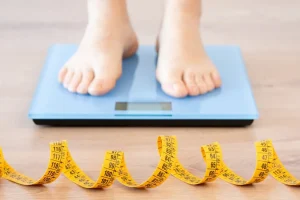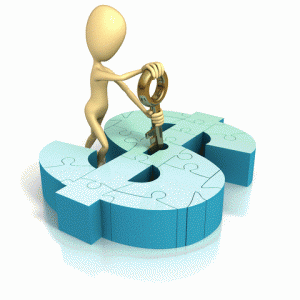A $180 pair of trail shoes pinches at mile two. The runner either returns them and never comes back or gets an agent who actually runs and knows the difference between a heel lock, a hot spot, and full-on plantar pain in the exact terrain you’ll find on the Appalachian Trail or the Pacific Crest.
Leading sports retailers have finally stopped gambling on generic support. They now partner exclusively with sports & outdoor retailer contact center teams whose agents are required to log real miles every week, climb actual routes, hit the slopes in the gear they sell, and sometimes even race in it.
Athlete-to-Athlete Support Changes Everything
When a customer calls because their new cycling bib chafes during three-hour rides, the agent doesn’t follow a script. Instead, they ask about saddle height, ride duration, chamois cream preference, whether the customer is team “butter” or “cream,” and what saddle they’re using.
Then, they recommend the exact model that fits similar body types and riding styles or suggest a different chamois cut altogether. Technical and product support like this led to a 64% decrease in return rates due to fit issues in the first year. Upselling to matching jerseys, socks, nutrition, bike-fit vouchers, and even custom orthotics increased by 39%.
One ultra-runner told the brand, “Your agent knew more about my feet than my podiatrist.” He’s now an official ambassador with 120,000 Instagram followers who buy everything he recommends. His first post after signing: “Finally found a brand whose customer service finishes 100-mile races too.”
The Midnight Rescue That Went Viral
During last year’s Leadville 100, a runner’s hydration bladder failed at mile 62—40 miles from the nearest aid station in the dark, at 12,000 feet, with temperatures dropping fast. He called the brand’s 24/7 line in pure desperation.
The sports & outdoor contact center agent stayed on the phone for 22 minutes, talked him through a field repair using the bite valve from his backup bottle and some duct tape from his pacer’s pack, monitored his location via shared GPS, and had a replacement pack plus warm clothing waiting at the next checkpoint before he arrived.
The runner finished under 30 hours, posted the entire story on Strava with screenshots of the call log, and the post has been viewed 1.4 million times. The brand gained thousands of new customers who now say, “If they’ll help you at mile 62, they’ll help me at mile 6.”
When Technical Support Becomes Search-and-Rescue
Another climber in the North Cascades had his MSR stove explode at 9,000 feet during a winter ascent. The agent talked him through safely venting the fuel canister, confirmed he had no burns, arranged coordination with local search-and-rescue for a precautionary check the next morning, and had a new stove plus extra fuel waiting at the trailhead before he hiked out two days later. That customer still tells the story at every trade show booth the brand attends—and brings friends.
A third story: a big-wall climber in Yosemite dropped his portaledge 300 feet. The sports & outdoor contact center agent spent 45 minutes on the phone helping him rig a backup system with dyneema slings and carabiners he already carried, then overnighted a replacement ledge to El Cap meadow before the team even rappelled down. The rescue made climbing magazines worldwide.
Why Generic Agents Can’t Cut It Anymore
You can’t fake experience when someone’s $1,200 ski boot is causing shin bang on a powder day in Jackson Hole, when a triathlete’s wetsuit is riding up during open-water practice in 58-degree water, or when a hunter’s $900 jacket is leaking during opening week in Montana. A generic retail customer support rep reads bullet points and prays. A true retail contact center lives the sports—because the agents are the customers.
In 2026, the difference between a one-time buyer and a lifelong evangelist is simple: does the person on the other end of the chat break a sweat (and sometimes bleed) in the gear? The brands winning today have stopped pretending in-house generalists can do it. They’ve handed the headset to athletes who speak the language fluently—and turn frustrated returns into the kind of stories people tell around campfires for decades.














